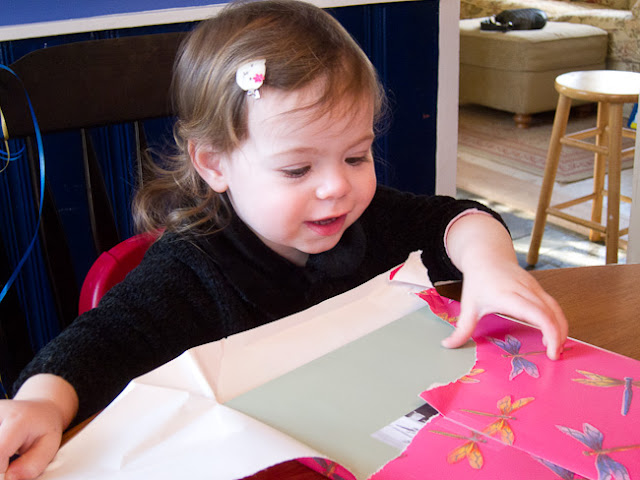Fast sequences can often be captured using the continuous shooting feature available in most cameras, whether it be a dSLR or a compact cameras. My Olympus E-520 dSLR shoots at 3.5 frames per second, but many newer cameras shoot at twice that speed or even faster. This is perfect for such things as sports shooting. After shooting a sequence, you might then decide on the best shot to print or post on a Web site. You might even delete the rest. But it is also fun to display the shots together, in sequence, to tell a sligthly different story.
At the other end of the speed spectrum, some cameras have a built-in "interval" shooting feature that will take a single picture at a fixed interval, such as every five minutes. I think this would be very nice for taking sunset pictures, for example. I don't have this feature on any of my cameras. But it is on my wish list!
The "free" nature of digital photography is a real blessing for sequence shooting. In slide film days I would have heard $.35 ringing in my head each time I released the shutter! (Or, at least that is the number I recall from the early 1970's, for film plus developing.) Today, it is only on extended trips that I can fill even one memory card.
In reviewing some family images taken earlier this year, I realized that when trying to get that one perfect moment during our granddaughter's second birthday celebration that I created a very nice sequence that tells a story that can't really be told with just one image. No fancy settings were used on the camera (Canon S90 point and shoot, no flash, P-mode and auto-ISO chose ISO from 500 to 800, 1/60th, wide open at F3.2; no post processing). This is just a series of single shots taken over a 1 1/2 minute period. They show the excitement of opening a gift, followed by a gradual changing of emotion to include the calming effect of perusing a new book.
Perhaps this sequence could be called "I Love Books".
















